The Rise of Kamikaze Drones
In the challenging landscape of the Ukraine-Russia conflict, Ukraine has innovated its warfare strategy by increasingly relying on FPV (First Person View) drones, transforming the dynamics of the frontline.
A Shift in Warfare Tactics
With Western funding drying up, Ukraine’s military has been compelled to adapt. The country has turned to cost-effective, guided drones that can precisely target enemy vehicles’ weak spots.

“Storm,” a Ukrainian special operations soldier and former musician, exemplifies this shift. According to The Times, he has transitioned from preserving cultural traditions to deploying these technologically advanced tools in warfare.
The Power of FPV Drones
These drones, small yet agile, come equipped with forward-facing cameras, allowing pilots to guide them to specific weak points on enemy vehicles. This precision makes them more effective than traditional artillery, capable of inflicting significant damage with fewer resources. One notable success was the destruction of a Russian TOS-1 thermobaric multiple-launch rocket system, achieved with a drone costing only a few hundred pounds.

Economic Efficiency and Strategic Advantages
As the conflict persists, Ukraine plans to manufacture a staggering one million drones this year, as per President Zelensky’s New Year’s address. The current reliance on Chinese drones has led to a surge in demand, with volunteer groups like the Serhiy Prytula Charity Foundation playing a critical role in procuring and delivering these drones to troops.
Russia’s Response and Ukraine’s Domestic Manufacturing Goals
Russia has also recognized the potential of FPV Drones and is scaling up its use. Ukraine’s government aims to eventually produce all drone components domestically, reducing dependency on foreign markets and responding more rapidly to frontline needs.

On the Frontline: The Impact of Drone Warfare
Kamikaze drones are altering Russian military tactics, forcing changes in logistics and the development of countermeasures. However, challenges remain in standardizing munitions, managing congested airspace, and training skilled pilots.
The Human Element: From Folk Musicians to Drone Pilots
The transition from civilian life to drone warfare highlights the unique and diverse backgrounds of those at the heart of this conflict. Individuals like Storm and Lom, from Alpha special forces, demonstrate the unexpected paths leading to significant roles in modern warfare.
Ukraine’s innovative use of drones in the face of dwindling resources and external support is a testament to the adaptability and resilience of its military strategy. As the war continues to evolve, these kamikaze drones will likely play an increasingly crucial role in shaping the conflict’s outcome.
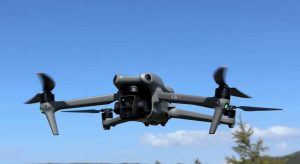
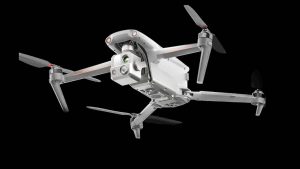


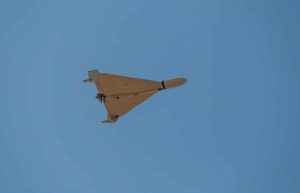
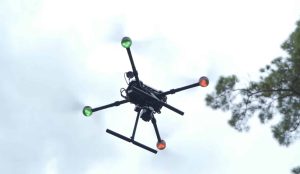
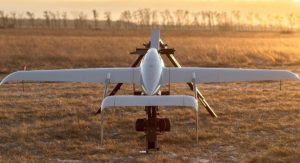
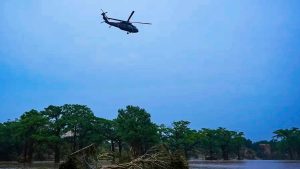

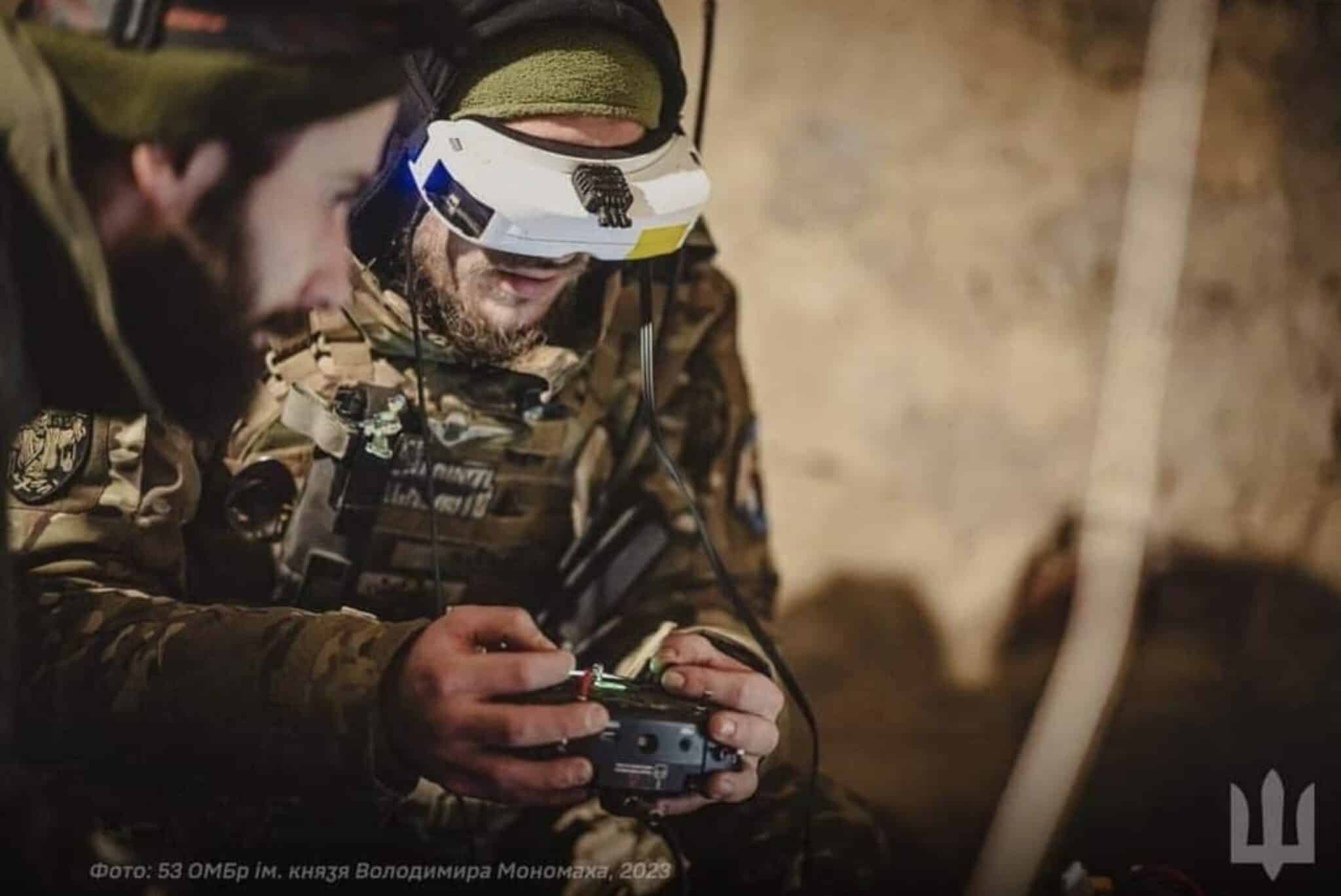

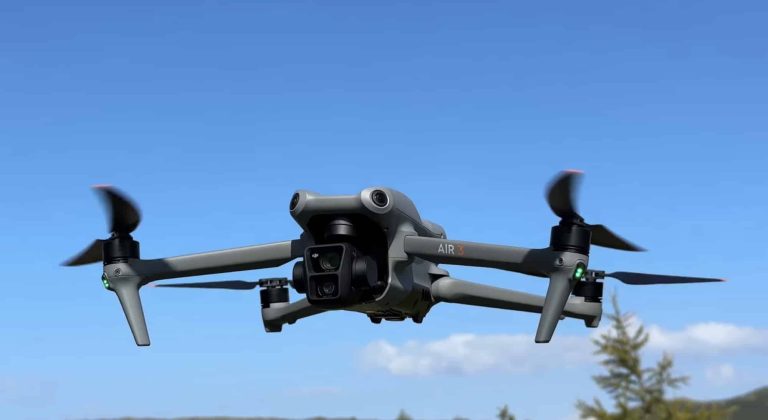
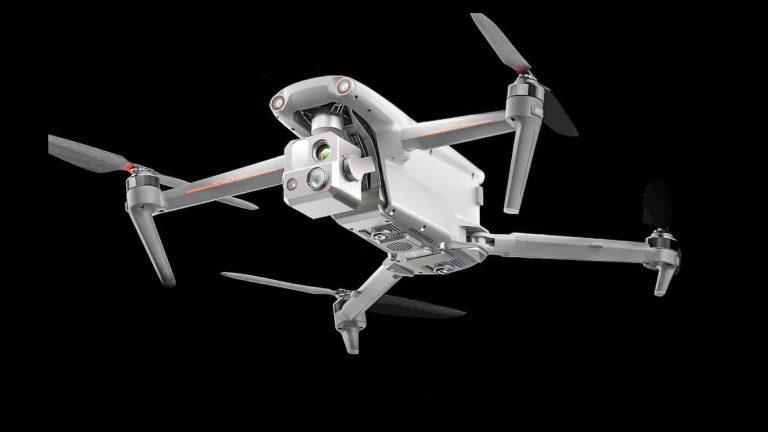
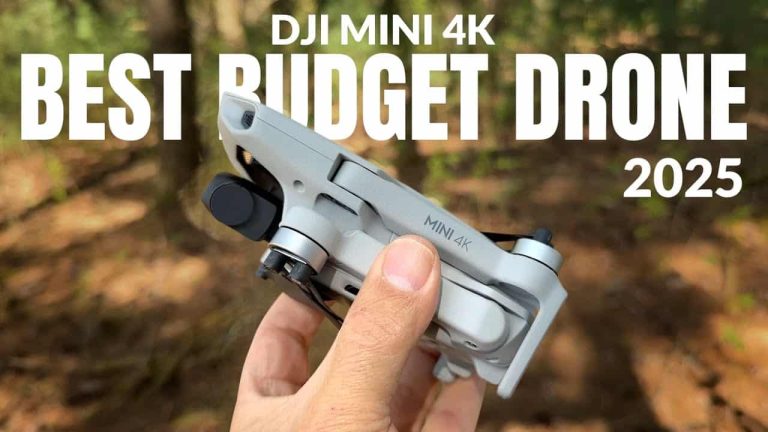



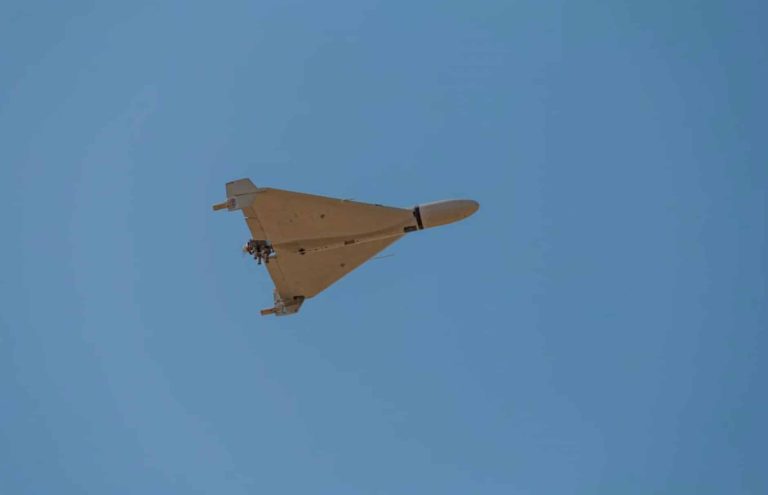
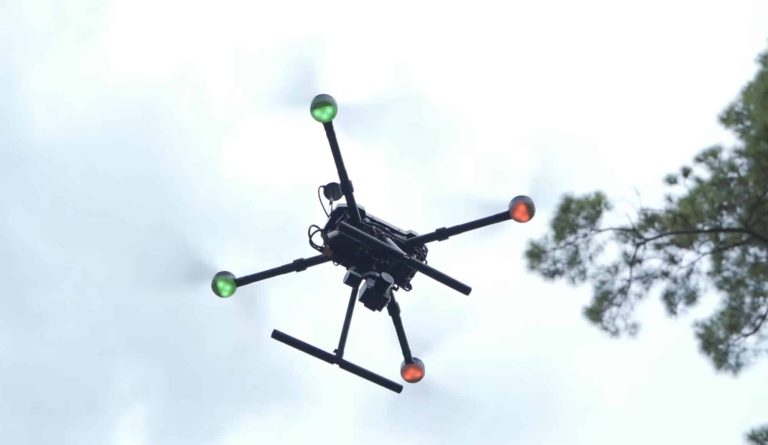
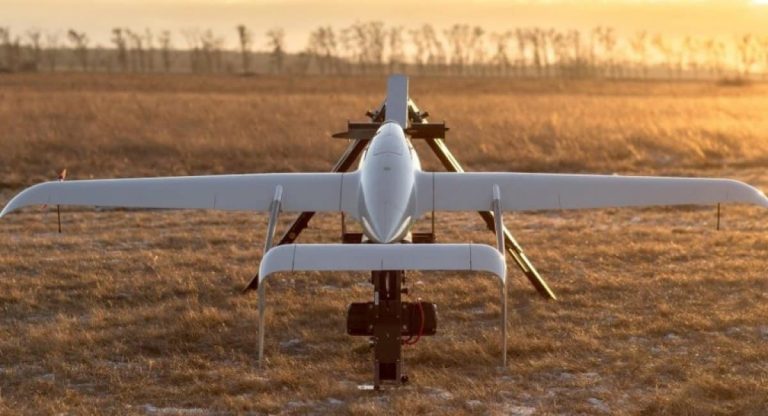
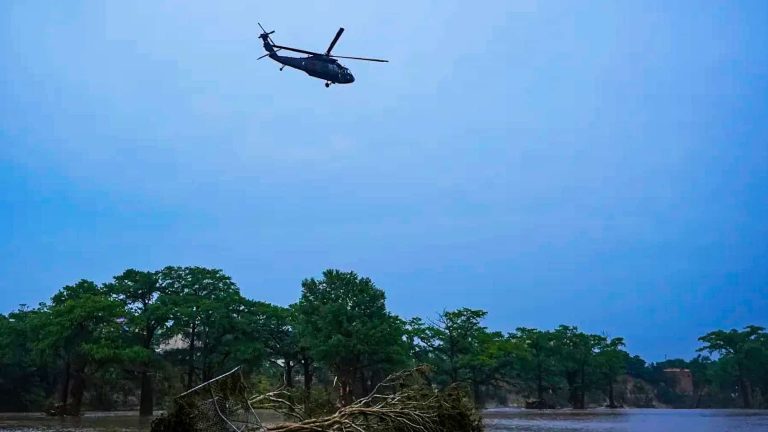
+ There are no comments
Add yours